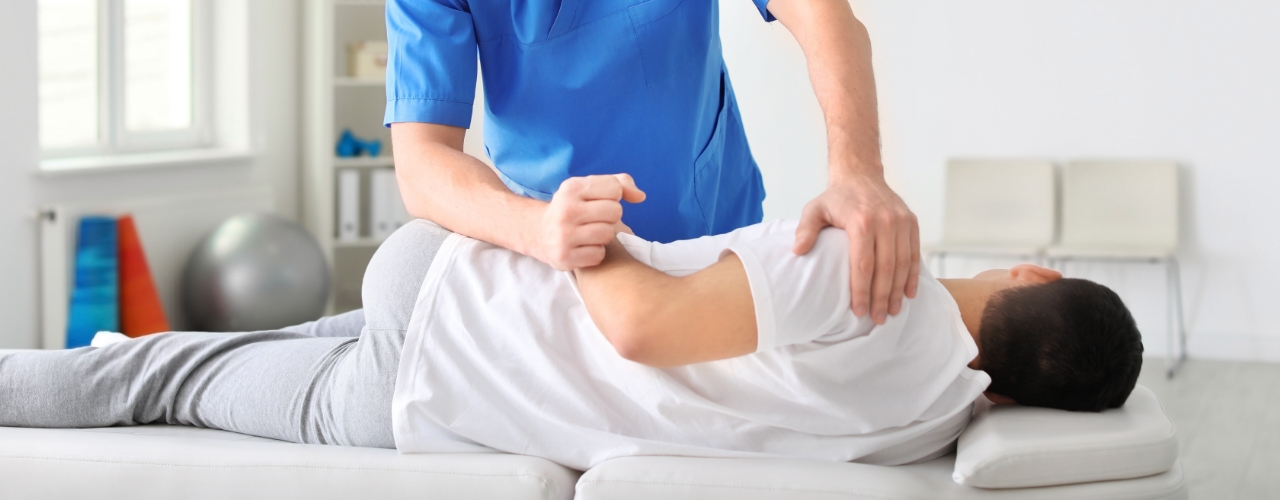
Manhattan’s wellness scene is a maze of sleek hotel spas, neighborhood studios, and hole-in-the-wall massage shops, and the language around “body rubs” can mean different things depending on the place. If you’re curious about options in the city, it helps to know how to separate legitimate therapeutic services from informal or unregulated offerings and how to protect your time, money, and safety while getting the treatment you want.
Understanding the landscape
For many New Yorkers a “body rub” is shorthand for a deep-tissue massage or full-body therapeutic session aimed at easing tight muscles and stress. Elsewhere it can be used more vaguely, so context matters: the storefront, website, and booking process usually give the clearest signals about what’s on offer.
Manhattan’s range runs from high-end hotel spas that cater to travelers and executives to small, practitioner-run studios that emphasize clinical skills. The middle ground includes day spas and wellness centers that combine massage with facials, saunas, and other non-invasive therapies.
Types of places you’ll find
Knowing the category of the business makes it easier to anticipate price, quality, and atmosphere. Neighborhood clinics tend to focus on repeat clients and therapeutic results, while upscale hotel spas emphasize ambiance and polished service. Then there are quick-stop massage chains and independent masseuses operating from compact studios.
| Type | Typical vibe | What to expect |
|---|---|---|
| Licensed spa / clinic | Professional, clinical | Therapeutic focus, credentials, set intake process |
| Hotel day spa | Luxurious, service-oriented | High-end amenities, higher prices, packaged experiences |
| Independent studio | Personal, practitioner-led | Strong client continuity, tailored techniques |
| Unregulated or informal shop | Varied, sometimes unclear | Lower prices, inconsistent standards—do extra due diligence |
Spotting which category a business belongs to can be as simple as checking whether staff list qualifications, if intake forms are used, and whether an environment supports privacy and hygiene.
How to choose a practitioner
Start by deciding what you want from the session: pain relief, relaxation, sports recovery, or a general unwind. Different goals call for different approaches — a deep-tissue session with a sports massage therapist differs from a slow Swedish massage meant to soothe the nervous system.
Look for clear indicators of professionalism: an online presence with prices and policies, client reviews, visible credentials, and a straightforward booking process. If a place refuses to answer basic questions about techniques, duration, or fees up front, move on.
- Ask about training and experience relevant to your needs.
- Confirm whether the practitioner prefers specific modalities (e.g., shiatsu, myofascial release, trigger point).
- Check cancellation and late-arrival policies to avoid surprises.
What to expect during a session
A reputable studio begins with a short intake to discuss your health history, current complaints, and treatment goals. This is the time to mention injuries, surgeries, or sensitivity to touch so your therapist can adapt pressure and technique safely.
Communication during the massage is normal and encouraged: therapists typically check pressure and will adjust on request. Respectful boundaries are standard; a professional session focuses on therapeutic contact within agreed-upon areas.
Safety and legal considerations
Manhattan’s dense market means you can find excellent licensed professionals, but it also means you’ll encounter businesses operating with varying standards. Prioritize cleanliness, visible certification, and practitioners who explain contraindications and consent clearly.
Be aware that any service implying sexual activity is not a legitimate therapeutic offering and can put you at legal and personal risk. Legitimate massage therapists and spas will not solicit sexual favors, and you should decline or leave any environment that feels coercive or unsafe.
If you ever feel uncomfortable, trust your instincts: end the session, leave, and report concerning behavior to the platform you booked through or local authorities as appropriate. Keeping a friend informed of your plans and using reputable booking platforms reduces risk and increases accountability.
Costs, tipping, and etiquette
Prices in Manhattan vary widely. Expect to pay more at hotel or high-end spas and less at neighborhood studios; a 60-minute therapeutic session at a reputable place generally reflects both the practitioner’s training and the overhead of a well-run facility.
Tipping is customary in the U.S. A gratuity of 15–25% for a satisfying session is common, and many clients tip in cash to the therapist directly. If you book through a third-party platform, read the payment details carefully—some places include service fees or require gratuities be handled differently.
- Confirm the quoted price before booking and ask about add-ons (aromatherapy, extended time).
- Arrive a few minutes early to complete intake forms and avoid cutting into your treatment time.
- Quiet, respectful behavior supports a good experience for everyone—phones off or on silent.
Neighborhood tips and real-life notes
From the calm of the Upper East Side to the buzzy studios in Chelsea and the East Village’s experimental spots, different Manhattan neighborhoods offer distinct experiences. If you’re new to a neighborhood, read recent reviews and call to gauge responsiveness and tone before booking.
As someone who’s spent time sampling legitimate spas and studios around the borough, I’ve learned to value transparent communication above flashy décor. A pleasant waiting room is nice, but a therapist who asks precise questions and listens to feedback is the real indicator of a worthwhile session.
Packing the essentials and final practicalities
Bring a list of current medications, recent injuries, and any questions you want covered during the session. If modesty or specific coverings are important to you, state that while booking so accommodations can be made.
Finally, if you search online for ny bodyrubs manhattan you’ll get a wide range of results—use that research as a starting point, but rely on clear communication, credentials, and your own comfort to choose where to go. With the right preparation, a bodywork session in Manhattan can leave you calmer, more mobile, and ready to tackle the city’s pace again.